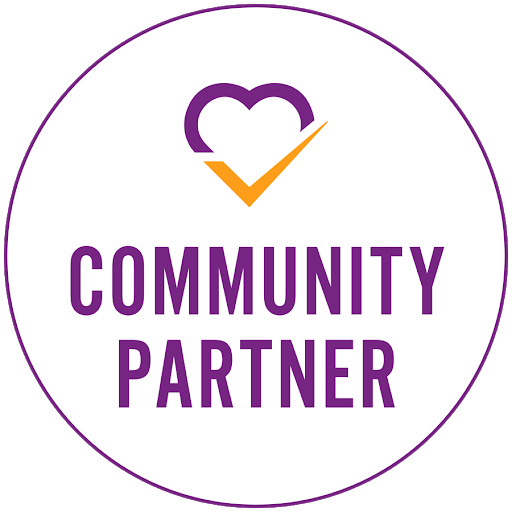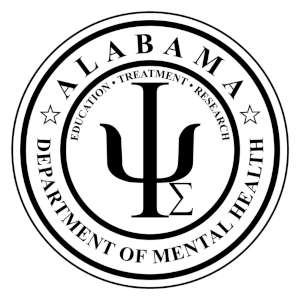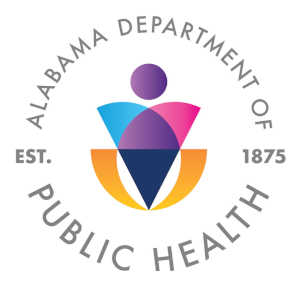If you’ve ever wondered why HIV and hepatitis C show up so often in conversations about substance use, you’re not alone. The reality is that HIV and hepatitis C affect individuals living with SUD at higher rates than the general population, and it’s not just because of needle use. The problem goes deeper, involving a lack of access to healthcare and early screening services.
In this blog, we’ll look at what HIV and hepatitis C actually are, how they’re spread, and why people living with substance use disorder are more likely to be exposed to them.
What is HIV?
HIV stands for human immunodeficiency virus. It attacks the immune system, specifically targeting certain white blood cells that help the body fight off infections. Over time, if it’s not treated, HIV can weaken the immune system so much that the body has a harder time defending itself against everyday illnesses.[1]
One of the main concerns with HIV is that a person can have it for years without knowing that they have it. But even if they’re asymptomatic, the virus is still doing damage inside the body.
HIV is mainly spread through contact with certain body fluids, including blood, semen, vaginal fluids, and breast milk. As a result, it commonly spreads via unprotected sex, sharing needles or syringes, and from mother to baby during childbirth or breastfeeding.
If HIV is left untreated, it can progress to AIDS, which stands for acquired immunodeficiency syndrome. At this stage, the immune system is so damaged that the body struggles to fight off infections and diseases that a healthy person would normally be able to handle. These are called “opportunistic infections,” and they can become life-threatening.
According to the CDC, 1,132,739 people in the U.S. were living with HIV in 2023.[2] Since HIV can go undetected, regular screenings and early detection are essential for managing and living with the condition.
Unfortunately, there is no cure for HIV, but living with HIV today is much different from it was just a few decades ago. During the early AIDS epidemic in the 1980s, a diagnosis of HIV was seen as a death sentence. But today, with early diagnosis and access to proper medical care, people with HIV can live long, healthy lives. In fact, there are daily medications (antiretroviral therapy or ART) that can stop the virus from multiplying and make it undetectable and untransmittable.
What is Hepatitis C?
People sometimes confuse HIV and hepatitis C, but they’re different viruses.
Hepatitis C is a liver infection caused by the hepatitis C virus, often shortened to HCV. It spreads through blood-to-blood contact, which usually happens when people share needles, syringes, or other equipment used to inject drugs. However, it can also be spread through the use of unsterile tattoo equipment, accidental needle sticks in healthcare settings, or, less commonly, through sex or childbirth.
Hepatitis C causes swelling and inflammation of the liver.[3] Similar to HIV, people often don’t feel sick when they’re first infected with Hepatitis C. People can carry the virus for several years without knowing, as it quietly damages the liver.
An estimated 2.4 million people in the U.S. have hepatitis C.[4] Although some people clear the virus on their own, most develop a long-term, or chronic, infection. If left untreated, hepatitis C can lead to serious liver problems, like cirrhosis (scarring), liver failure, or liver cancer.
The good news is that hepatitis C is curable. There are medications available now that can completely clear the virus from the body, usually with just a few pills taken over the course of a couple of months. These treatments have a very high success rate, but the key is to get tested regularly and diagnosed early so it can be caught before any long-term damage is done.
Why People Living With Substance Use Disorder Are at a Higher Risk
People living with substance use disorder (SUD) face a higher risk for a range of infectious diseases, including both HIV and hepatitis C. This is due to a mix of lifestyle, behavioral, and social factors that commonly affect people with SUD.
To explain, the most common ways HIV and hepatitis C spread are through blood. When someone uses injectable drugs and shares needles, syringes, or other equipment, even tiny traces of infected blood can be enough to pass the virus from one person to another. According to the Substance Abuse and Mental Health Services Administration (SAMHSA), “Individuals who used an illicit drug intravenously in their lifetime were over 30 times as likely to have HIV/AIDS than those who never used illicit drugs and those who used illicit drugs nonintravenously.”[5]
Additionally, substance misuse can lead to risky sexual behaviors, such as having sex without a condom, having multiple partners, or trading sex for drugs or money. These behaviors can all increase the exposure and transmission of both HIV and hepatitis C.
People with SUDs experience higher rates of both HIV and hepatitis C than the general population. Some studies estimate that between 60% and 90% of people with SUDs contract hepatitis C at some point in their lives.[6]
There’s also a bigger picture to take into consideration: that many people living with SUD face substantial barriers in their daily lives that make it harder for them to stay healthy. For example, they may not have stable housing, regular access to healthcare, or a safe environment. These factors can make it tough to get tested, start treatment, afford treatment, and stick with it for the long run.
HIV and Hepatitis C Can Be Prevented
Even though HIV and hepatitis C are serious infections, the good news is that they can be prevented. Here are some key ways to prevent HIV and hepatitis C:
- Never share needles or injection equipment
- Practice safe sex
- Get tested regularly
- Take advantage of harm reduction programs
- Obtain regular medical screenings and checkups
Early Screening and Detection are Key

Catching HIV and hepatitis C early makes a huge difference. Because both infections can stay hidden for years without obvious symptoms, many people don’t realize they have them until serious health problems show up. That’s why regular testing is so important, especially for people who might be at higher risk, like those living with substance use disorder.
Early diagnosis means treatment can start sooner. For HIV, this means beginning antiretroviral therapy, which keeps the virus under control and protects the immune system. For hepatitis C, it means starting antiviral medications that can often clear the virus completely.
The sooner treatment begins, the better the chance of preventing long-term damage and improving quality of life.
Need to get tested for HIV? Here at the Addiction Prevention Coalition, we have a grant that can provide screenings for HIV. Project LEAP is for young adults between the ages of 14-24 who may be at risk of a substance use disorder or contracting infections through substance use.
Visit https://apcbham.org/find-help/project-leap/ to learn more!
References:
- https://www.cdc.gov/hiv/about/index.html
- https://www.cdc.gov/hiv-data/nhss/hiv-diagnoses-deaths-and-prevalence-2025.html
- https://www.mayoclinic.org/diseases-conditions/hepatitis-c/symptoms-causes/syc-20354278
- https://www.cdc.gov/hepatitis-c/hcp/clinical-overview/index.html
- https://www.samhsa.gov/sites/default/files/hiv-aids-and-substance-use.pdf
- https://pmc.ncbi.nlm.nih.gov/articles/PMC8455419/#:~:text=Therefore%2C%2060%25%E2%80%9390%25,contract%20HCV%20during%20their%20lifetime









